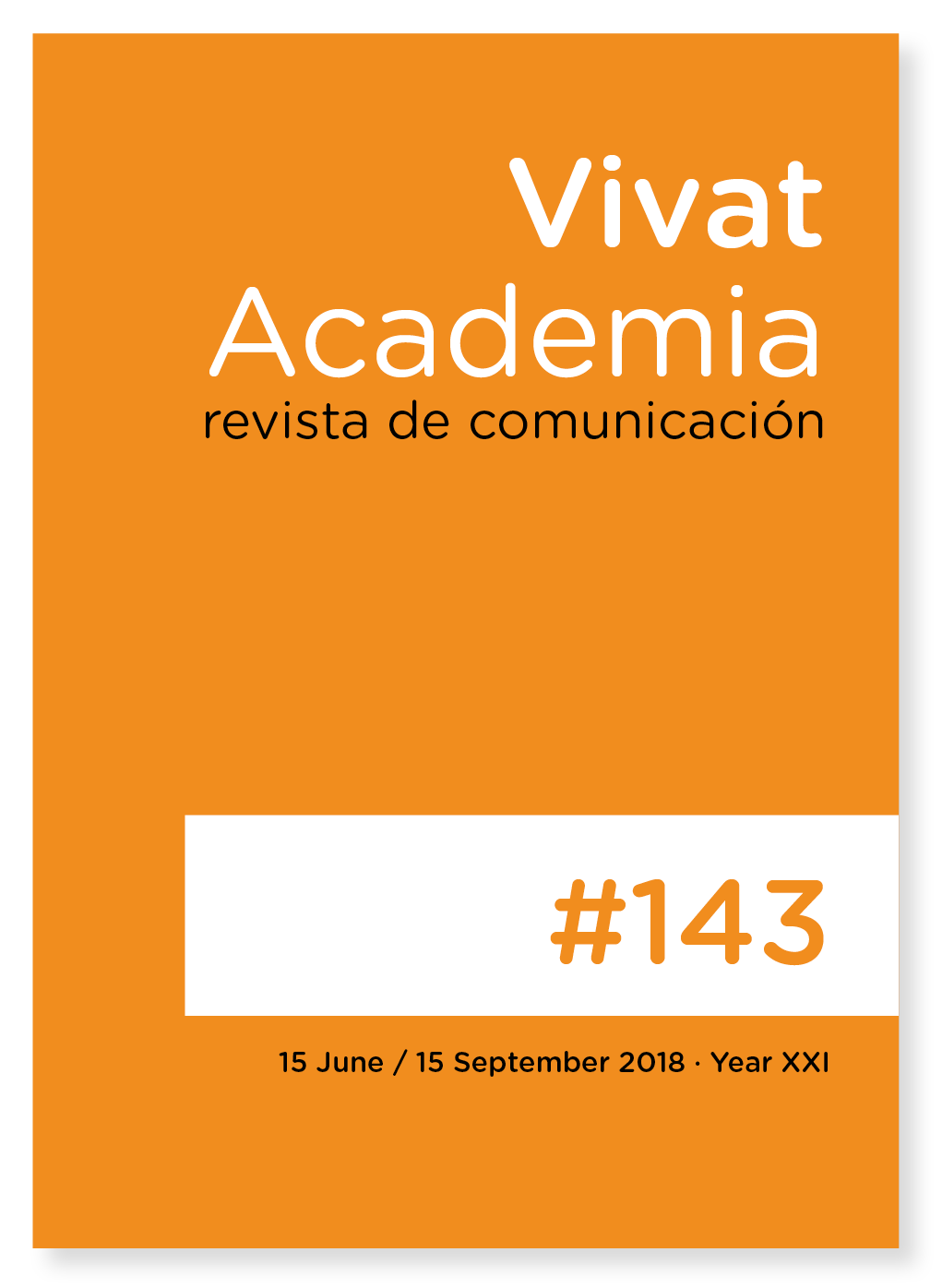Bodily narratives: creating sense through dance
Main Article Content
Abstract
Since humanity’s origin, dance has felt permanent need to be qualified as an art. Lack of codes to read it, legitimacy’s absence in powerful circles, as well as the emergence of contemporary dance, –which blew up classical ballet’s parameters– have hamper the Great Disciplines’ rapprochement. Philosophy, Anthropology and History have made an insufficient definition of dance, in order to contribute today to approach to its real complexity. It is then normal that we are facing the rise of a new multidisciplinary research line, still looking for its roots to consolidate and based on dancing practices: dance research. What is dance? What does a dancing body transmit? How does dance communicate? To answer to these questions, we will start from a historical journey of contemporary dance beginnings, and we will explore its narratives ways. Our conclusion –far from being definitive– will determine that dancing is deeply related to the body and determined by memory, emotions, perception and otherness. It is related as well with creating sense, as Aude Thuries, French dance researcher’s PhD, pointed out recently. This is a proposal that we could call “dance linguistics”.
Downloads
Article Details
The main author must deliver the letter of transfer of copyright, according to the model provided by Vivat Academia, Revista de comunicación, which declares the transfer of copyright to the journal and make explicit the rights of authors regarding the dissemination and use of the manuscript once published.
Creative Commons Attribution/Non Commercial 4.0 International
References
Barthes, R. (1986). Lo obvio y lo obtuso. Barcelona: Ediciones Paidós.
Bausch, P. (1978). Café Müller. Recuperado dehttps://www.youtube.com/watch?v=mxiWlgzb7r4
Borgdorff, H. (2006). El debate sobre la investigación en las artes. Amsterdam School of the Arts. Recuperado de http:// www.gu.se/digitalAssets/1322/1322698_el-debate-sobre-la-investigaci--n-en-las-artes.doc+&cd=1&hl=es&ct=clnk&gl=co
Bourne, M. (1996). El lago de los cisnes. Recuperado dehttps://www.youtube.com/watch?v=iuab3kK8cPU
Cardona, P. (2010). Historias de la Naturaleza o el Origen de la Dramaturgia. Revista Danza Conmigo, 2, 6-19.
Cultura Colectiva (2016). La mente de un bailarín. Recuperado de https://www.facebook.com/CulturaColectiv/videos/vb.631575563520028/1251810954829816/?type=2&theater
Dallal, A. (1979). La danza contra la muerte. México: UNAM.
Didi-Huberman, G. (2008). El bailaor de soledades. Valencia, España: Pre-Textos.
Dobbels, D. (2012). Qu’est-ce que la danse. Revista Danser, 319.
Eco, U. (1982). Le nom de la rose. Paris : Grasset et Fasquelle.
Frigon, S. y Jenny, C. (2009). Chairs incarcérées, une exploration de la danse en prison. Montréal: Les éditions du remue-ménage.
Improvisación, Georges Momboye y el percusionista Thomas Gueye. Ginebra, Recuperado de https://www.youtube.com/watch?v=emPdXN8I5yc.
Lesschaeve, J. (2009). El bailarín y la danza. Conversaciones con Merce Cunningham. Barcelona: Global RythmPress.
Mallarmé, S. (1897). Divagations. Paris: Eugène Fasqueue Editeur.
Merleau-Ponty, M. (1964). Le visible et l’invisible. Paris: Gallimard.
Momboye, G. (2007). Le sacre du printemps. Recuperado dehttps://www.youtube.com/watch?v=dKysuqBrB8A
Montandon, A. (1999). Écrire la danse. Clermont-Ferrand : Presses Universitaires Blaise Pascal.
Mroué, R. (2010). El cuerpo marcado por la guerra. En I. De Naverán, (Ed.). Hacer historia. Reflexiones desde la práctica de la danza, (3) Galicia: Centro Coreográfico Galego/ Institut del Teatre/ Mercat de les Flors.
Reyes, A. (2013). La danza contemporánea en la constitución de sujetos de género. En: Memorias del VI Congreso Internacional de Ciencias, Artes y Humanidades. La ciencia y la tecnología en las prácticas corporales. El cuerpo descifrado. Universidad Autónoma Metropolitana de México.
Sánchez-Couso, A. (2011). Palabras íntima fragmentos. En O. Córnago, (Coord.). A veces me pregunto por qué sigo bailando. Prácticas de la intimidad. Madrid: Editorial Continta me tienes.
Sanjoy, R. (2014). Planet Dance: Body talk. A visitor’s guide to contemporary dance. Part 1. Recuperado de https://www.youtube.com/watch?v=4aeBhLakp3c
Sesé T. Locos por Pina Bausch. Recuperado de http://ddooss.org/articulos/otros/Pina_Bausch.htm
Sibony, D. (1995). Le corps et sa danse. Paris: Éditions du Seuil.
Simonffy, Z. (1999). L’espace de la danse ou la fiction de l’espace. En A. Montandon. Écrire la danse. (pp. 195-216). Clermont-Ferrand : Presses Universitaires Blaise Pascal.
Toro A. (2014). Contrapeso. La Videodanza o la coreografía de la mirada. Nexus, Año 7(15),6-25.
Toro, A. (2015). La resonancia del bailarín o el acto comunicativo de la danza. En S. Calero Cruz. Cuerpo y Comunicación. Cali: Universidad Autónoma de Occidente.
Thuries, A. (2016). L'apparition de la danse. Paris: L’Harmattan.
Valery, P. (2015). Philosophie de la danse. Paris: Éditions Allia
Villaroya, T. Algo llamado pasado. Entrevista con Olga de Soto.





